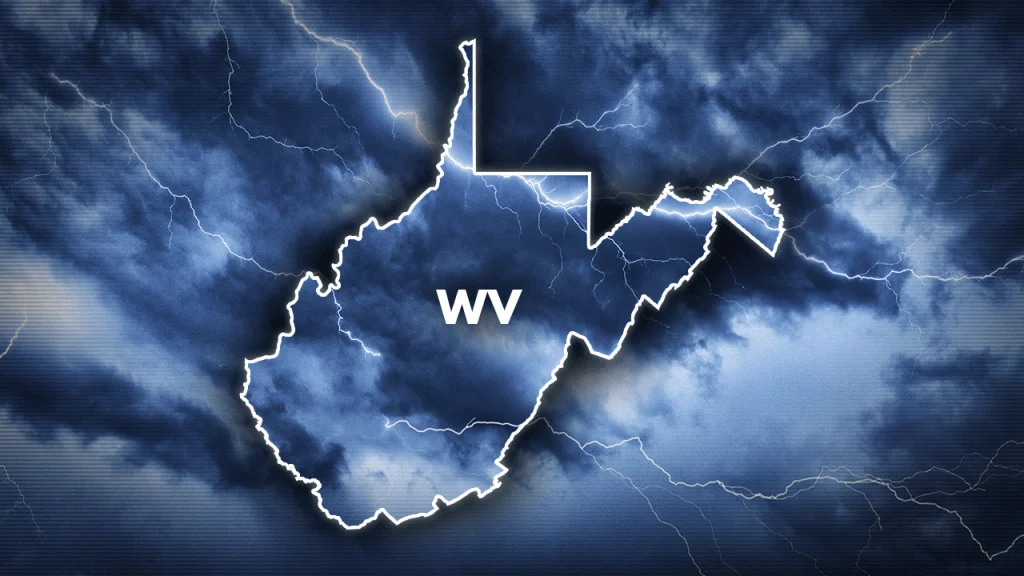Last week, severe storms and tornadoes wreaked havoc across West Virginia, with the National Weather Service confirming the touchdown of a fifth tornado. This is more than double the state’s average for an entire year, which has been around two tornadoes from 1993 to 2022. The most tornadoes recorded in a single year was 15 in 1998. The latest tornado hit along the Wayne-Cabell county line, south of Huntington, with maximum winds of 100 mph and a path length of about half a mile, causing extensive tree damage and destruction or damage to several structures. While there were no reported deaths from any of the tornadoes, the severe weather led to Governor Jim Justice declaring a state of emergency in 15 of West Virginia’s 55 counties to expedite emergency response efforts.
The storms in West Virginia last week also caused flooding in some Ohio River communities, with many areas experiencing moderate flooding as a result of the severe weather. This additional impact compounded the challenges faced by residents and authorities dealing with the aftermath of the tornadoes. The devastating effects of both the tornadoes and the flooding highlight the importance of preparedness and emergency response in the face of extreme weather events, as demonstrated by the response efforts initiated by Governor Jim Justice through the declaration of a state of emergency to mobilize state resources and expedite assistance to affected areas.
The confirmation of the fifth tornado touching down in West Virginia last week underscores the significant impact of the severe storms that swept across the state, causing widespread destruction and damage to property and infrastructure. With the tornadoes hitting various counties, including Kanawha and Fayette, the communities affected by the storms have been left grappling with the aftermath of the natural disaster. The resilience and cooperation of residents, emergency responders, and government authorities in addressing the challenges posed by the severe weather events have been crucial in managing the crisis and providing support to those affected by the tornadoes and flooding.
The escalation of the severe weather events in West Virginia last week, with the confirmation of five tornadoes and the subsequent flooding in some areas, serves as a stark reminder of the unpredictable nature of natural disasters and the importance of preparedness and response measures. The impact of the storms on communities, structures, and the environment highlights the need for ongoing vigilance and mitigation strategies to minimize the devastation caused by extreme weather events. By declaring a state of emergency and mobilizing resources, Governor Jim Justice and state authorities have demonstrated their commitment to ensuring a coordinated and effective response to the crisis, emphasizing the importance of collaboration and coordination in managing the aftermath of severe weather events.
In the aftermath of the severe storms in West Virginia last week, the focus has shifted to recovery and rebuilding efforts in the affected areas, where residents and communities are dealing with the aftermath of the tornadoes and the flooding. The resilience and solidarity demonstrated by individuals and organizations in responding to the crisis reflect the strength and determination of West Virginians in overcoming adversity and rebuilding their communities. As the state continues to assess the damage and prioritize relief efforts, the support and assistance provided by state resources and emergency response teams will be vital in facilitating the recovery process and helping communities recover from the impact of the natural disasters. Through collective efforts and a united response, West Virginia is working towards restoring normalcy and rebuilding stronger and more resilient communities in the wake of the severe storms that struck the state.


